Human ingenuity has led to the creation of incredible structures and technologies that continue to amaze us. From ancient wonders to modern marvels, these feats of engineering showcase our ability to push the boundaries of what is possible. Here are 18 astonishing feats of human engineering.
1. The Great Wall of China
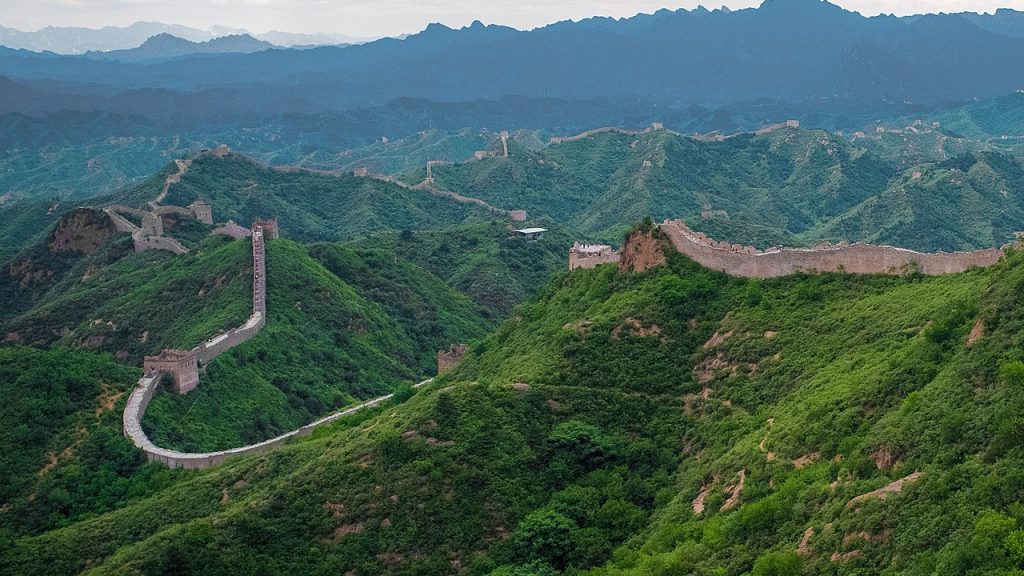
The Great Wall of China, stretching over 13,000 miles, was built over several dynasties to protect against invasions. It remains one of the most impressive architectural achievements in history.
2. The Pyramids of Giza
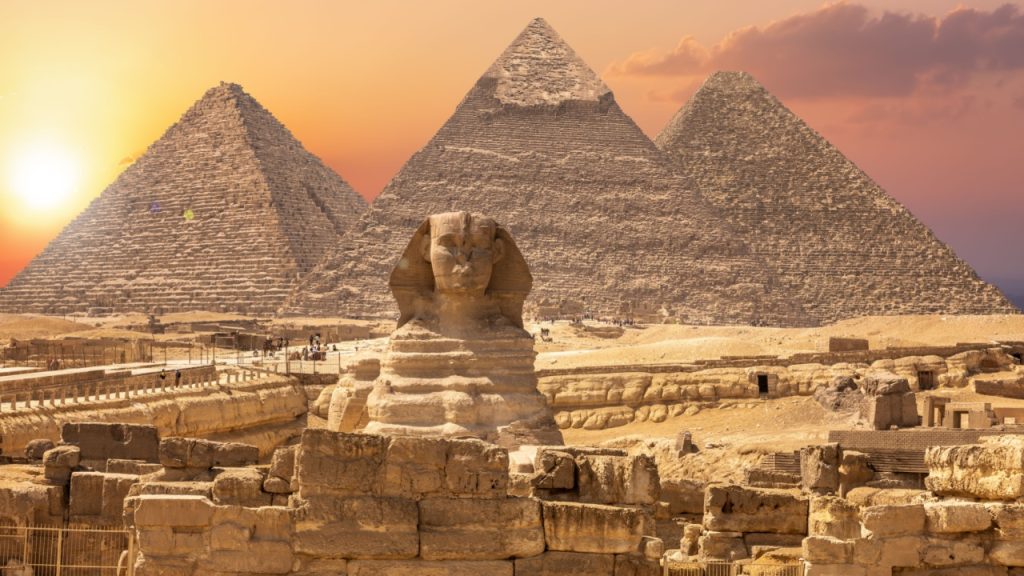
The Pyramids of Giza, constructed around 4,500 years ago, are a testament to ancient Egyptian engineering. The precision and scale of these structures continue to baffle scientists and archaeologists.
3. The Panama Canal
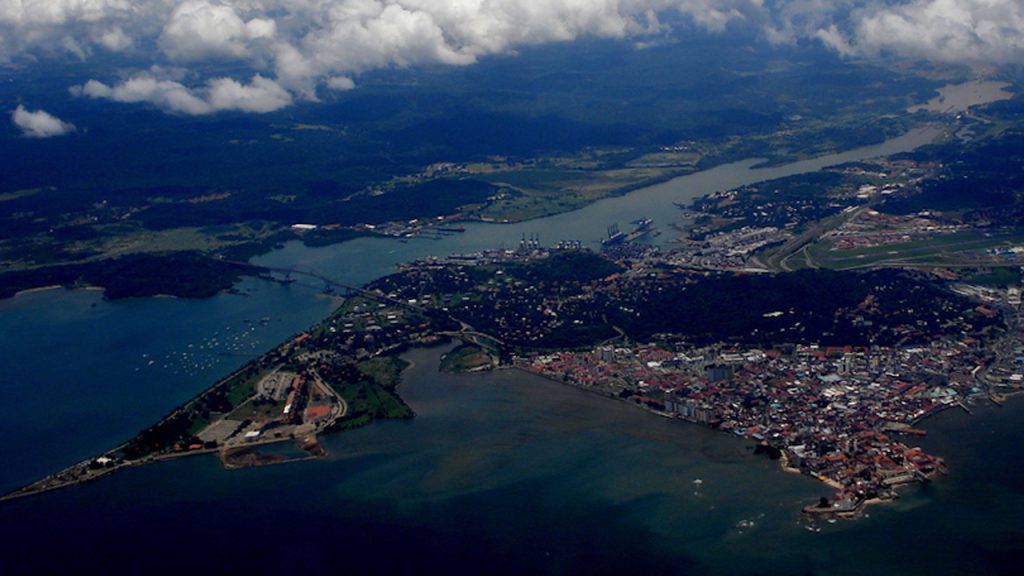
The Panama Canal, completed in 1914, revolutionized global trade by connecting the Atlantic and Pacific Oceans. Its construction involved cutting through mountains and managing vast amounts of water.
4. The International Space Station (ISS)
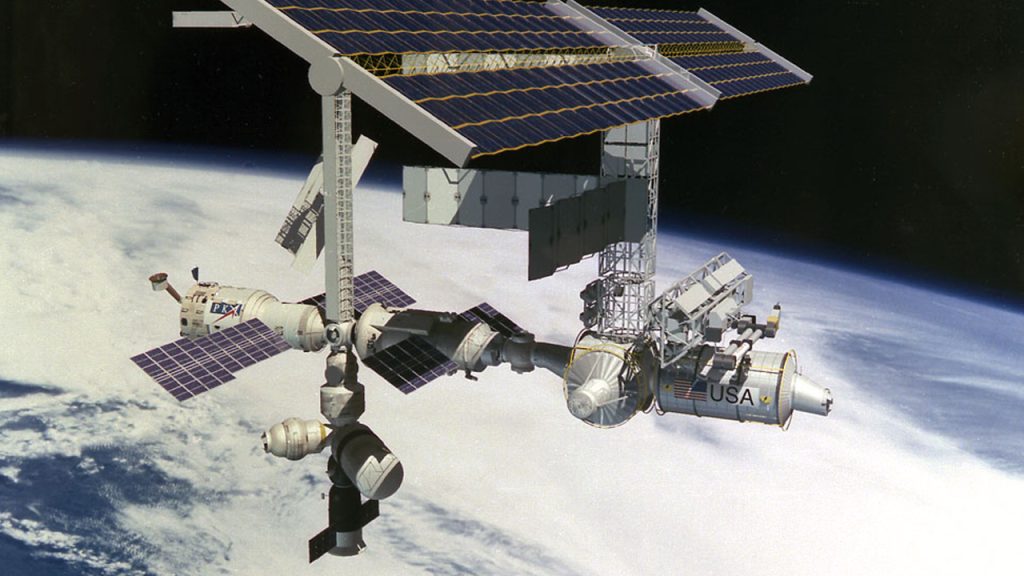
The ISS is a marvel of modern engineering, orbiting Earth at about 250 miles above the surface. It serves as a research laboratory and a symbol of international cooperation in space exploration.
5. The Eiffel Tower
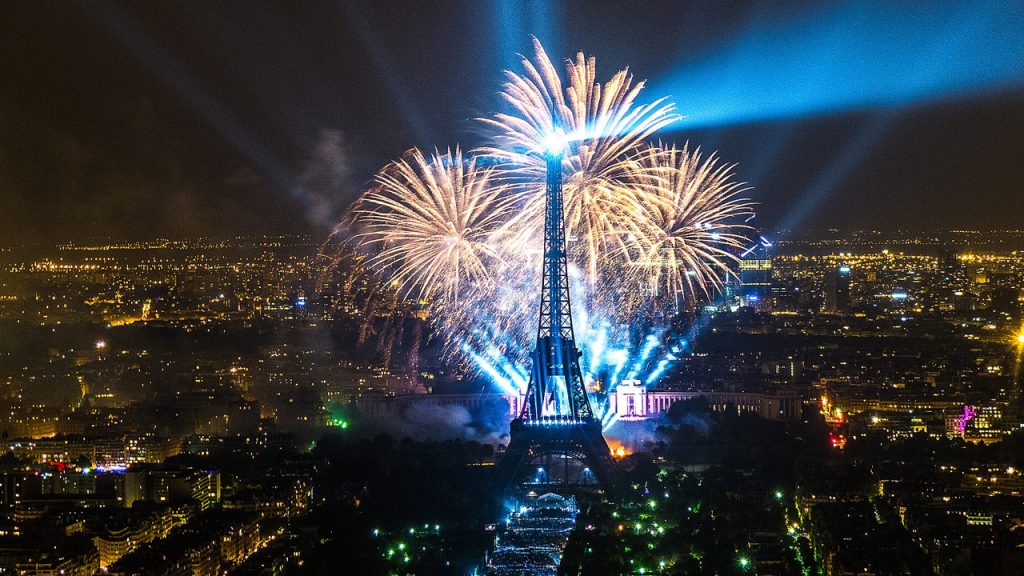
The Eiffel Tower, completed in 1889, was initially criticized but has since become a global icon. Standing at 1,083 feet tall, it was the tallest man-made structure in the world for 41 years.
6. The Burj Khalifa
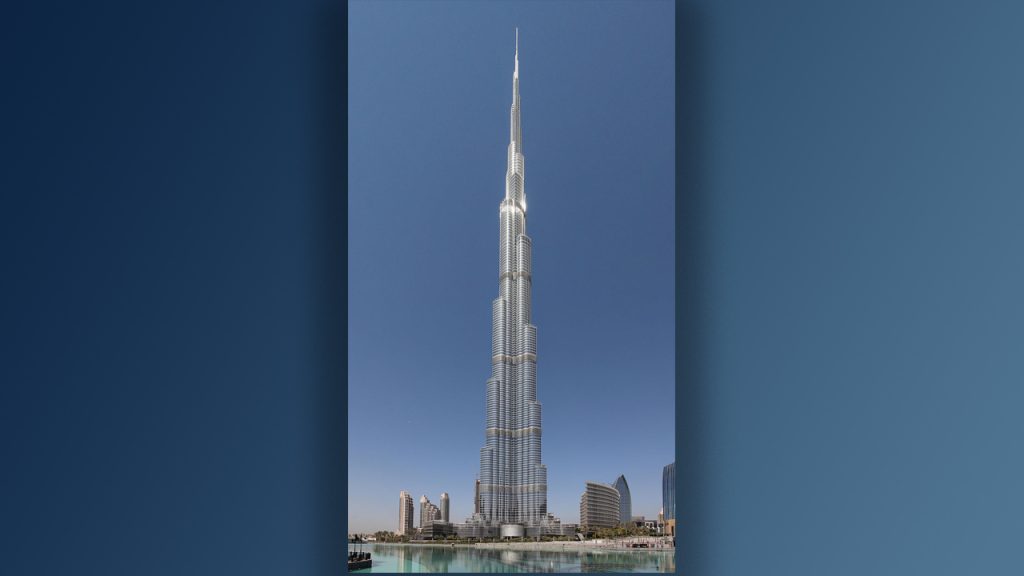
The Burj Khalifa in Dubai, standing at 2,717 feet, is currently the tallest building in the world. Its construction required innovative design and engineering techniques to achieve its record-breaking height.
7. The Channel Tunnel
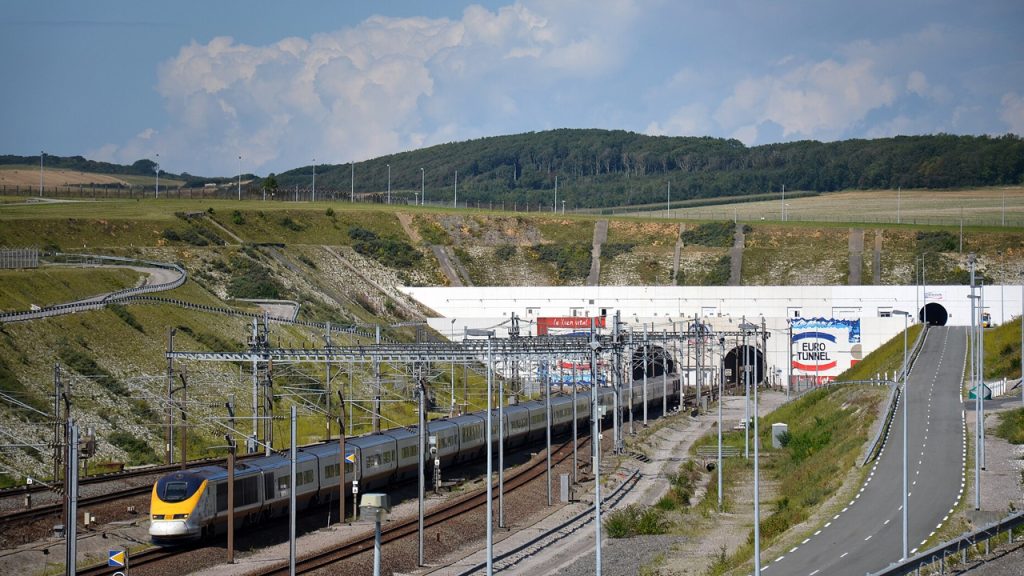
The Channel Tunnel, also known as the Chunnel, connects the United Kingdom and France. This 31-mile underwater tunnel is a feat of engineering that facilitates rapid travel between the two countries.
8. The Hoover Dam
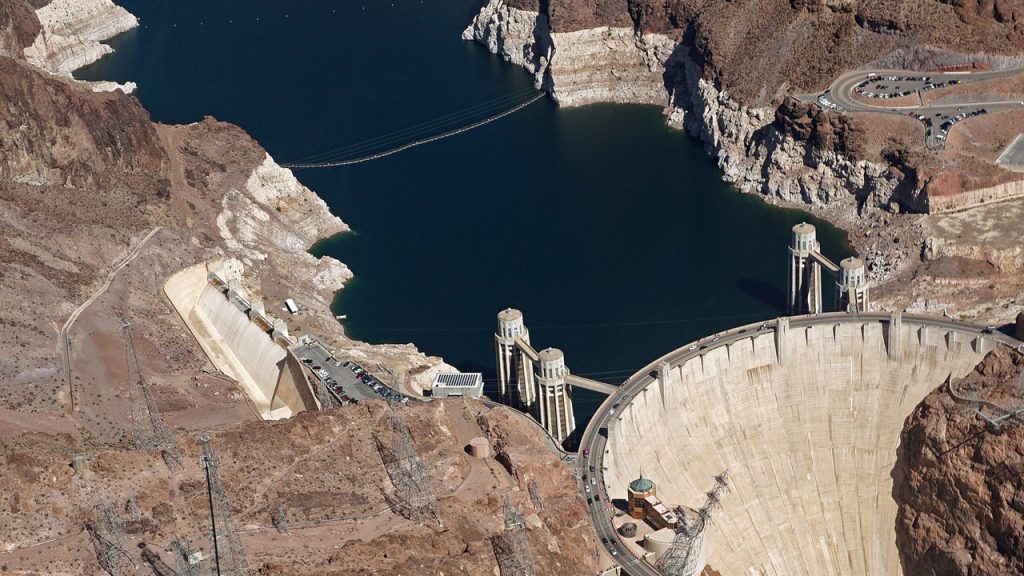
The Hoover Dam, completed in 1936, is a massive concrete structure on the Colorado River. It provides hydroelectric power, water storage, and flood control, showcasing the power of civil engineering.
9. The Large Hadron Collider (LHC)
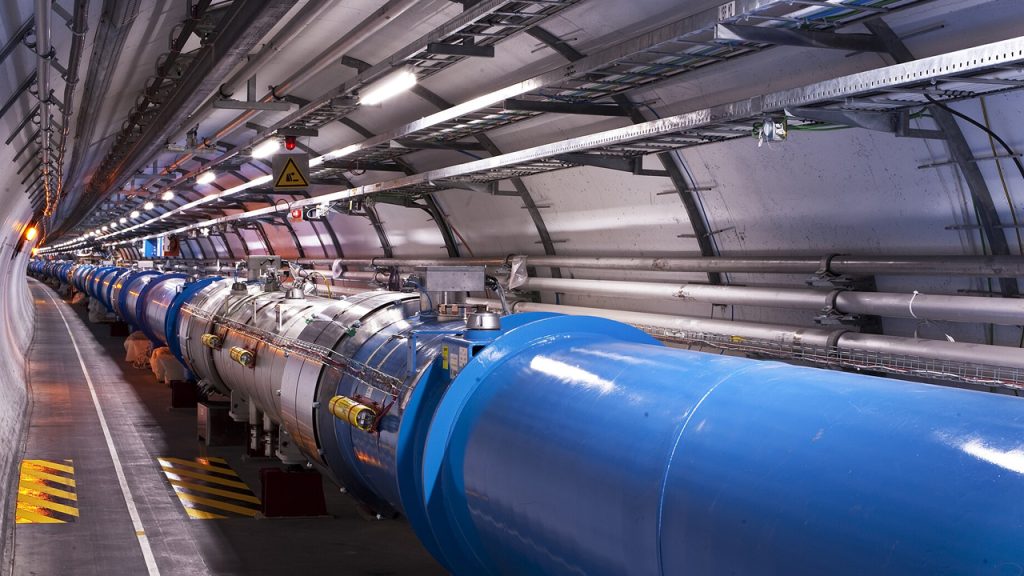
The LHC, located at CERN in Switzerland, is the world’s largest and most powerful particle accelerator. It was instrumental in the discovery of the Higgs boson and continues to advance our understanding of particle physics.
10. The Sydney Opera House

The Sydney Opera House, with its distinctive sail-like design, is an architectural masterpiece. Completed in 1973, it required innovative solutions to realize its complex and ambitious design.
11. The Golden Gate Bridge
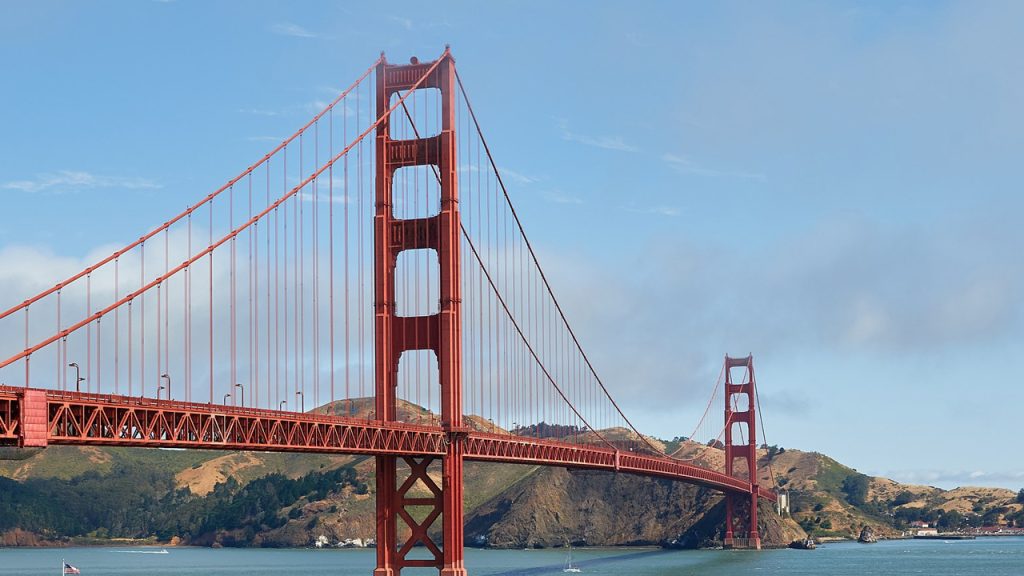
The Golden Gate Bridge, completed in 1937, is an iconic suspension bridge spanning San Francisco Bay. Its construction faced numerous challenges, including strong currents and high winds.
12. The Three Gorges Dam
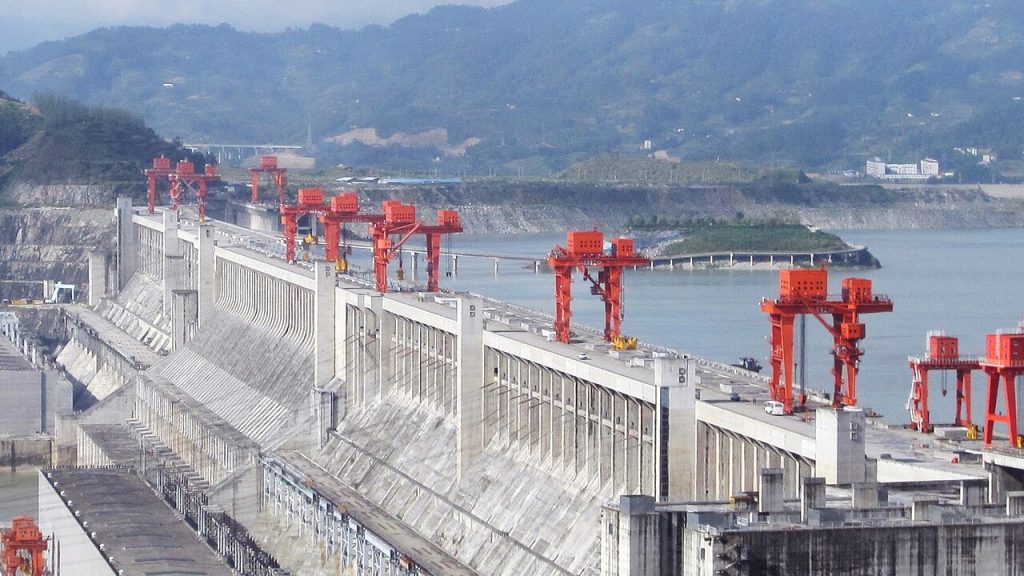
The Three Gorges Dam in China is the world’s largest hydroelectric power station. Its construction involved relocating over a million people and managing the environmental impact on the Yangtze River.
13. The Suez Canal
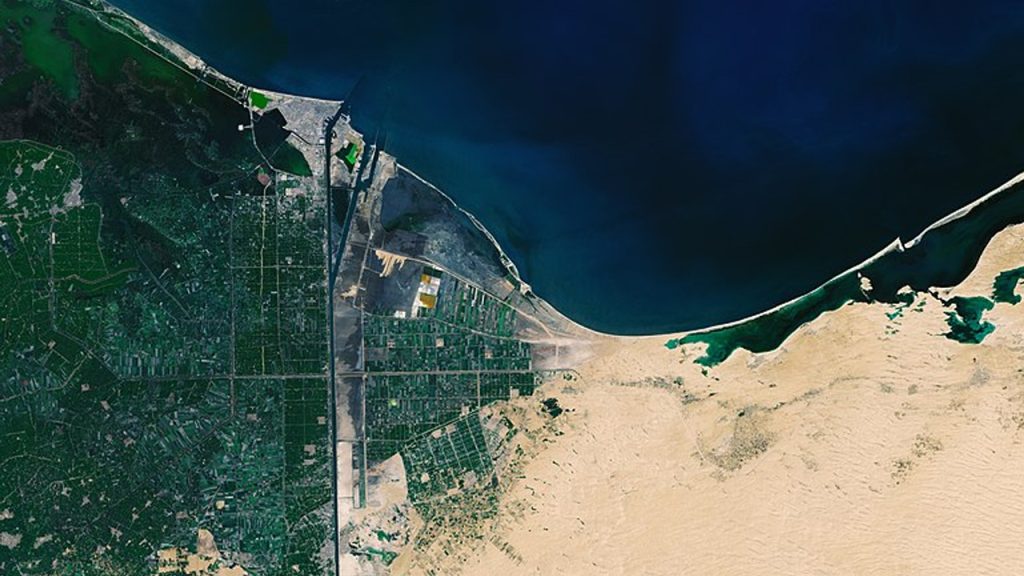
The Suez Canal, completed in 1869, connects the Mediterranean Sea to the Red Sea. It significantly shortened maritime trade routes and remains one of the busiest waterways in the world.
14. The Hubble Space Telescope
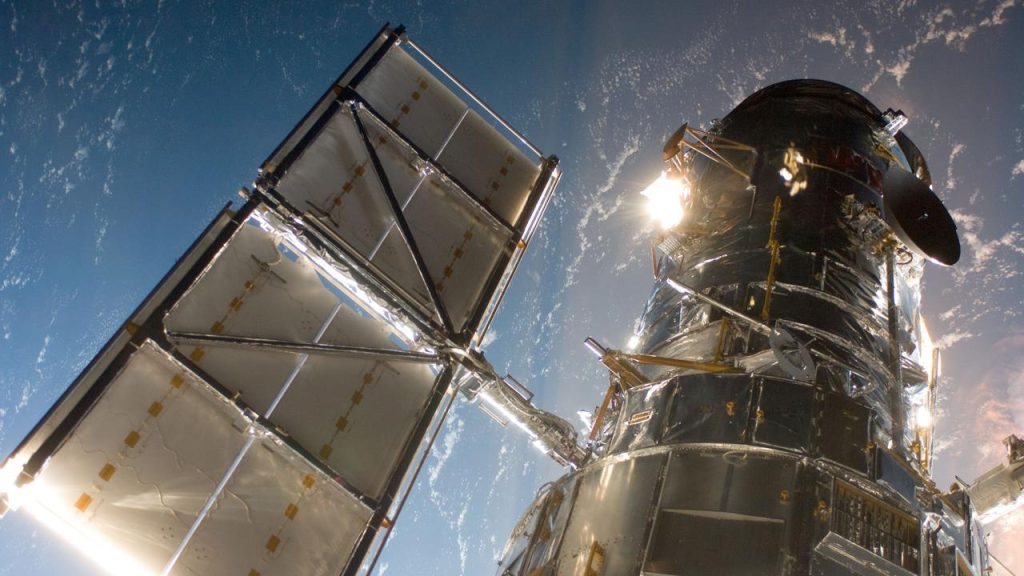
Launched in 1990, the Hubble Space Telescope has provided stunning images and invaluable data about the universe. Its construction and subsequent repairs required precision engineering and space missions.
15. The Palm Jumeirah
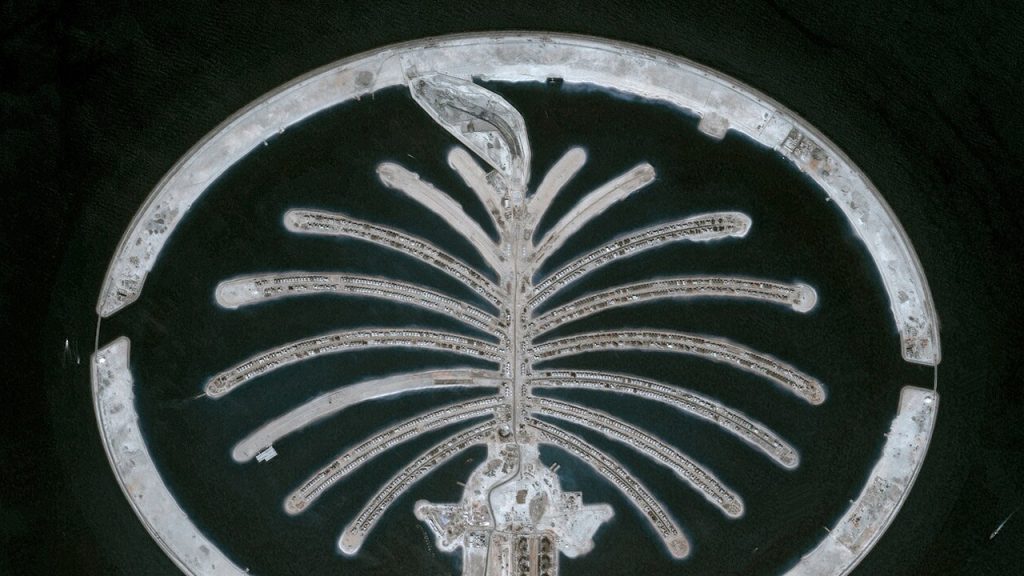
The Palm Jumeirah in Dubai is an artificial archipelago created using land reclamation. Its palm tree shape is visible from space and showcases the possibilities of modern engineering and urban planning.
16. The International Thermonuclear Experimental Reactor (ITER)
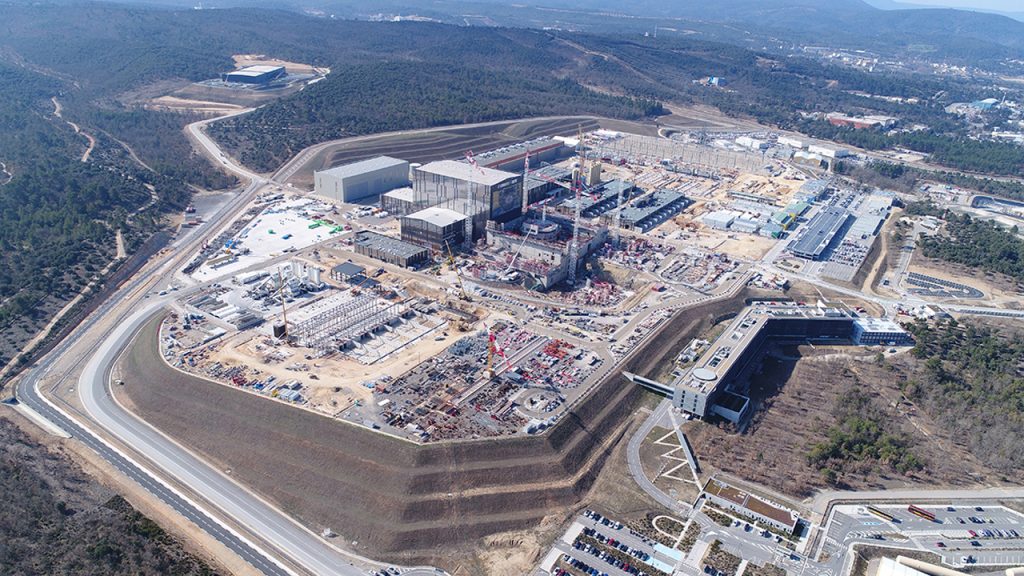
ITER is an international nuclear fusion research project aimed at demonstrating the feasibility of fusion power. Once completed, it will be the largest experimental fusion reactor in the world.
17. The Statue of Liberty
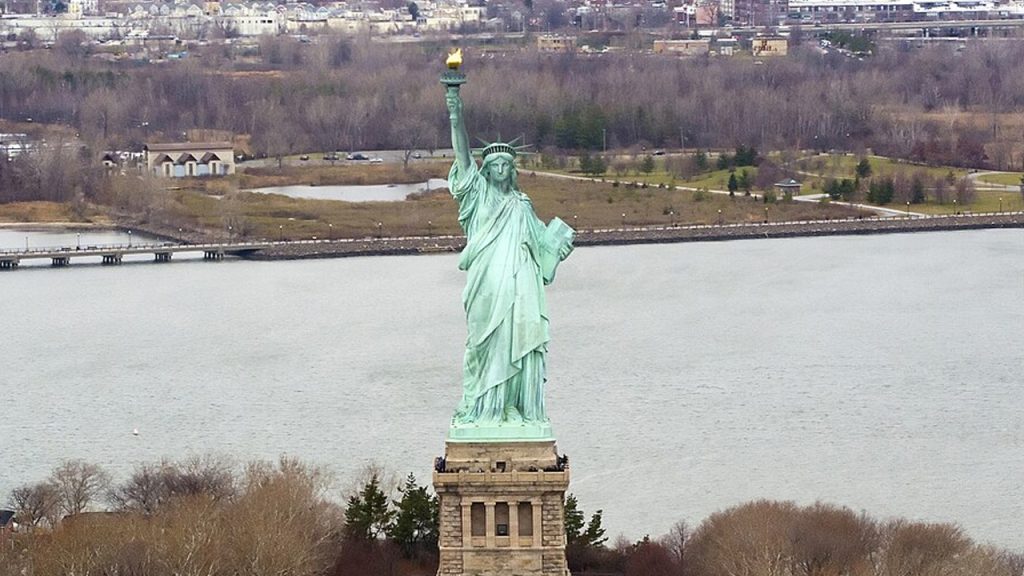
The Statue of Liberty, a gift from France to the United States, was completed in 1886. Its construction involved assembling over 300 copper plates on an iron framework, making it a symbol of freedom and engineering prowess.
18. The Millau Viaduct
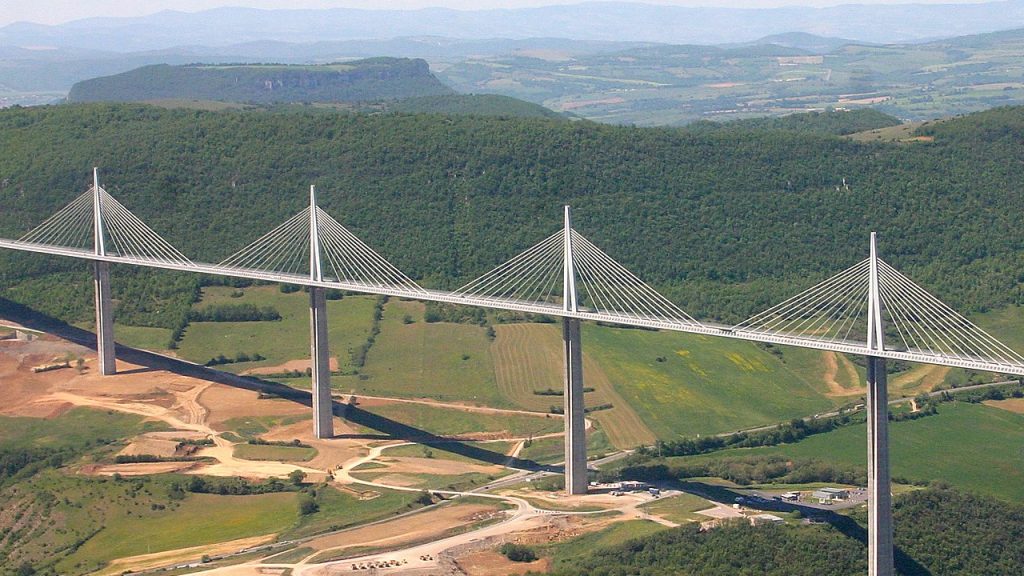
The Millau Viaduct in France is the tallest bridge in the world, with a height of 1,104 feet at its highest point. Its construction involved advanced techniques to span the Tarn Valley and withstand strong winds.
Ellen has been obsessed with logic puzzles, jigsaws, and cryptograms since she was a kid. After learning she was taught how to play chess wrong by a family friend (so they could win), she joined her school chess club and the rest is history.

